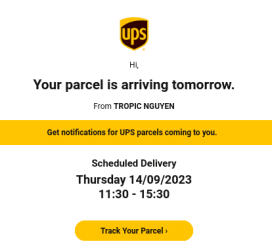Thank you Alex and Byron for your replies!
once those fish get out of the packing from when they were delivered they probably need to be in whatever the best parameters available, and whatever the least stressful environment there is, and that seems like the main tank which currently has no fish.
That's a really good point! I'm just worried that if one of them doesn't make it, I won't be able to remove it without disturbing things looking for it. That was my top reason for QT. You made a point about medications being troublesome for plants in a previous thread, would it be likely for them to be carrying something or treating an illness a "just in case" scenario? I could be lucky and not have any sick/infected fish too.
Or, before the fish come, you could test out your theory with your filter media in the main tank, and it might not have a big stock of nitrifying bacteria as the plants would have gobbled some of the ammonia first, but there might be some bacteria and you could put half of the media in the QT and see if that ammonia level in the QT drops anytime soon.
I think that's a good idea too. I could either swap the entire sponge or cut it in half. With no updates from the fish company yet, I definitely have at least 24-48 hours. That might not be enough to test it.
if the fish do not end up coming until the end of the week, might be enough time to put some of those floaters in the QT and they will start gobbling ammonia as well.
If you could dump some floating plants in, it might work.
I have enough floating plants to transfer some into the QT, and some hornwort cuttings. The problem with adding floating plants into the QT is that right now, there is no space at all between the water's surface and the black plastic lid. So there would be no space (without lowering the water level) presumably not enough light for the water spangle? I'm sure the hornwort would be okay with the ambient light coming in from the clear sides of the QT, although there isn't an awful lot of ambient light. It's not a
very bright room.
One thought I have about using the QT, is will the stress of the smaller QT be worth it for the fish?
The QT isn't cycled, so I think even with the floating plants, bottled bacteria and transferred filter media, I will probably have to do quite a few water changes. The QT only holds 32L, and that's without any space for floating plants. I'm not sure how much of a bio load fifteen 1-inch fish will have, but I'm sure it could raise ammonia levels in such a small tank pretty quickly.
To make space for the floating plants, the only option would be to decrease the water level even further. I can't just take the lid off, I have two cats who are keen supervisors. For the cats, it would be like shooting fish in a barrel!
Then I'll also have to stress them by transferring them to the bigger tank eventually.
Below are some points I could think of, there might be more I've forgotten.
Main Planted Tank
- Plant-cycled
- Higher plant to water ratio
- More natural environment
- Hiding places
- Larger water volume (105L vs 32L), more stable and ammonia would be more diluted
- First round of fish, no other fish to infect
- Wouldn't need to move the fish from the QT
| Quarantine Tank
- (Not Cycled)
- No risk of damaging plants with potential medications/treatments
- Easier to change water due to smaller volume
- No hiding spots to conceal any bodies, and easier to see the fish at all times
- Dimmer for the fish
- Easier to remove uneaten food or other debris
|
if ammonia or nitrite are not zero, do not add fish.
I'll make sure of that, I can test right before the fish go in!













